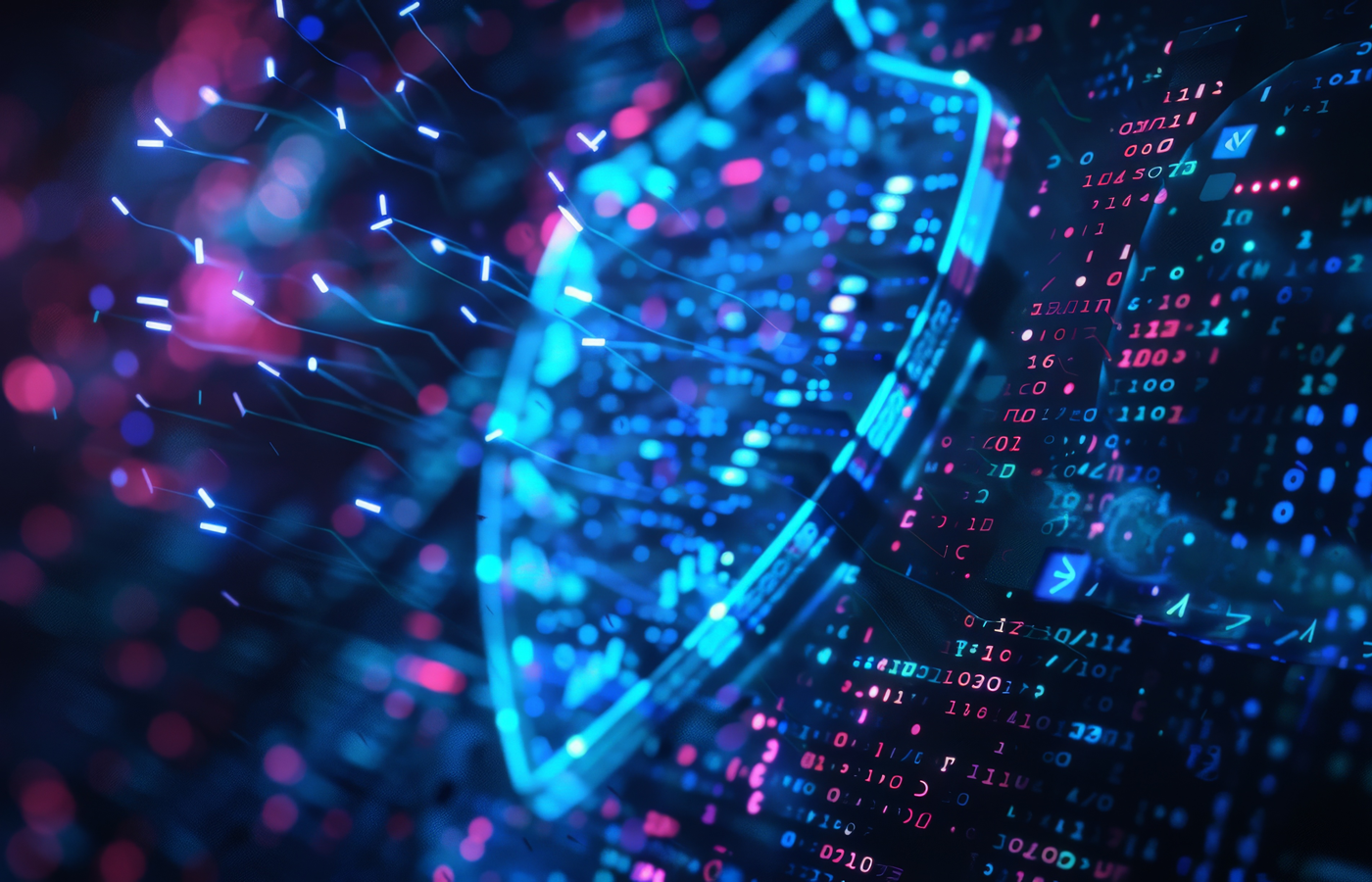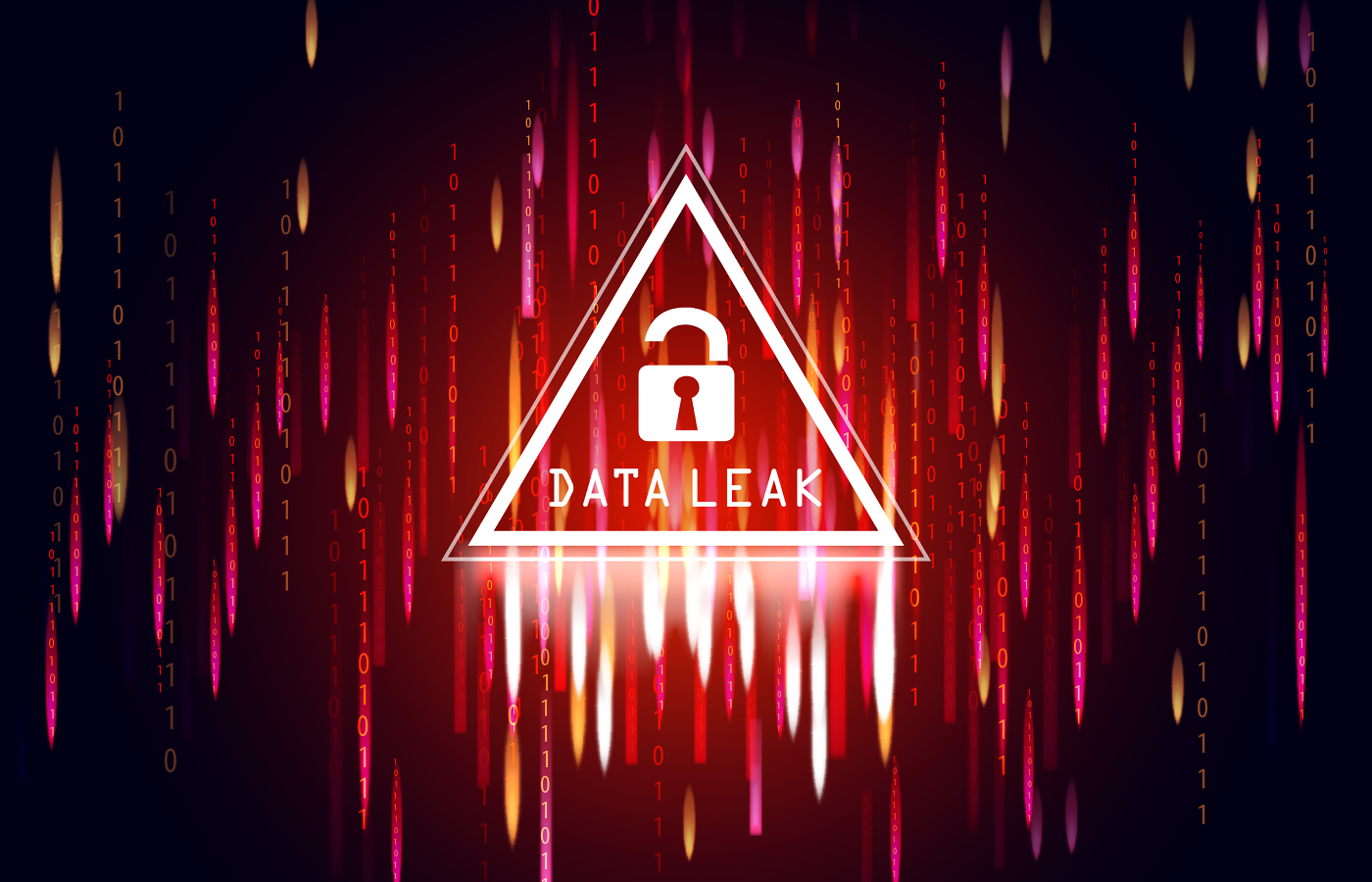Next-gen AI systems are now baked into just about every category of software—but Gartner believes we can automate even further. For the last few years, Gartner has predicted that hyperautomation would become a global, if not necessary, business trend. And in cybersecurity, hyperautomation could be the thing that makes the constant onslaught of alerts and cyber incidents manageable.
Hyperautomation in managed security services was also the subject of a presentation at Gartner’s Security & Risk Management Summit earlier this month by Gartner Analyst Mark Wah, who noted that advanced automation in the fast-growing managed detection and response (MDR) market could increase the analyst-to-user ratio by a factor of as much 20 and massively boost MDR services profitability.
See the Top MDR Services and Solutions
What is Hyperautomation?
A blend of robotic process automation, machine learning technology, and artificial intelligence, hyperautomation seeks to refine and improve business and technology processes that previously required a human decision-maker.
Due to the lightning-fast proliferation of low-code/no-code development tools and agile DevOps processes, many enterprises have already automated every mundane and routine task. Hyperautomation takes robotic automation and quality assurance to the next level, incorporating ML/AI technology to replicate the human decision-making process.
Imagine intelligent systems making incredibly quick decisions based on impossibly intricate sets of data—that’s hyperautomation. Today, hyperautomation can be used to improve upon business process management, iPaaS solutions, and (critically) security systems. Tomorrow, it will become even more advanced.
The major advantages of hyperautomation:
- Streamlines and improves the automation of work and processes
- Improves business agility and DevOps strategies
- Augments low-code/no-code security
The major disadvantages of hyperautomation:
- Requires a next-gen technology infrastructure
Hyperautomation vs. Automation
What is the difference between hyperautomation and routine automation, such as robotic process automation?
| Automation | Hyperautomation | |
| Structure | Automation tools | Machine learning, hyperautomation software |
| Scope | Single platform | Multi-platform, mesh |
| Complexity | Task-based | Process-based, procedure-based |
Hyperautomation is still built on a foundation of automation. Hyperautomation incorporates artificial intelligence with automation tools, to increase scope and complexity.
Read also: Automating Security Risk Assessments for Better Protection
What are Examples of Hyperautomated Security Systems?
Some possible uses of hyperautomation in security include:
- An artificial intelligence system reviews emails with Natural Language Processing to identify phishing attempts.
- A document security system reads scanned documents with Optical Character Recognition to identify personally identifiable information.
- A machine learning security solution identifies a potentially suspicious log-in context, and engages for further credentials.
Wah encouraged Gartner security conference attendees to look for projects that have high feasibility and business value (see graphic below). Some possibilities he identified include:
- Transaction fraud detection
- File-based malware detection
- Process behavior analysis
- Abnormal system behavior detection
- Web domain and reputation assessment
- Asset inventory and dependency mapping optimization

As SaaS grows, So Do Enterprise Security Concerns
It’s inarguable that SaaS solutions have substantially improved the efficiency and productivity of the modern enterprise. But, due to their extraordinary ease of use, SaaS solutions have also introduced some major security concerns. When everyone can make modifications to a system, everyone does.
Configuration issues are an excellent example—most configuration changes must be manually checked and, therefore, they are not. When low-code/no-code systems are combined with SaaS, configuration issues run rampant.
Previously, automated systems were limited to routine, mundane tasks. Hyperautomation leverages ML decision-making for more complex actions. In SaaS, hyperautomation can be used to perform routine configuration checks. Hyperautomation can even check for more complex issues, such as security creep.
Gartner has predicted that organizations that adopt hyperautomation will lower their operational costs by 30%, largely through automating business processes. But the cost-savings of automating security issues—and facilitating large-scale, complex, multi-cloud infrastructures—may be even more substantial.
For security professionals, the landscape doesn’t change that significantly. Hyperautomation is already being baked into many next-gen, AI-enabled solutions. But understanding the principles of hyperautomation may soon become as important as understanding the principles of robotic process automation and testing.
Also read: Top Code Debugging and Code Security Tools
Fighting a Growing Attack Landscape With Intelligence
Fundamentally, the nature of security is changing. Gartner highlighted seven major security trends for businesses in 2022—with a major issue being the continued expansion of the enterprise attack surface.
An increasing push toward remote work, IoT devices, and multi-cloud architectures now have organizations scrambling to protect their most important assets. Gartner’s report highlights a new trend toward cybersecurity mesh architecture—an architecture of asset-first protection.
Most security solutions already incorporate next-generation AI; they need to. Human administrators cannot keep up with their swiftly growing enterprise tech stacks. Hyperautomation increases the utility of these AI-driven systems, affording them the ability to make humanized and time-sensitive decisions.
Further, cybercriminals are becoming savvy about how AI/ML cybersecurity solutions work. Advanced hyperautomation systems will make more sophisticated decisions faster, thereby increasing the complexity of an organization’s defense strategies. More advanced AI/ML solutions are inherently less predictable and more defensible.
Read also: AI & ML Cybersecurity: The Latest Battleground for Attackers & Defenders
Gen Z More Likely to Embrace Hyperautomation
Interestingly, hyperautomation may also have a generational influence. Gen Z is more likely to embrace hyperautomation, which may also lead adoption in the years to come.
“Born between 1997 and 2012, the oldest Gen Zers have just started their careers. In 10 years, they’ll be supply chain managers,” said Pierfrancesco Manenti, Distinguished VP Analyst with Gartner. “This generation has grown up with digital technologies, so today’s supply chain leaders expect them to be innovators that accelerate supply chain digitalization and pave the way towards hyperautomation.”
While Manenti discussed supply chain management, this extends to all aspects of hyperautomation and automated digital transformation. Gen Z tech professionals may find themselves adapting to a hyperautomated world with a swiftness, increasing their competitiveness within the market.
An Even Harder Push Toward Hyperautomation Approaches
Gartner’s Executive Guide to Hyperautomation notes that the COVID-19 pandemic significantly accelerated a push toward automation. Recession-related fears, cutbacks, and the increased need for resiliency will further push organizations toward automated, resilient systems.
With tech stocks plummeting and a possible recession looming on the horizon, companies are trying to do more with less. Hyperautomation will become a driving force behind security in an increasingly complex world.
Likewise, security professionals may need to engage in hyperautomation to protect and preserve their own time. As security professionals contract with larger companies (and MSSPs expand to larger client bases), hyperautomation will reduce work hours.
Also read: Becoming an MSSP: Tools, Services & Tips for Managed Security Services
Automated Systems Will Change Security Faster Than You Think
Most industry professionals are already aware that automation is rapidly picking up pace. A combination of new technologies, economic pressures, and a dearth of affordable, accessible talent has fueled innovation throughout the automation industry. Hyperautomation—building upon automated, optimized processes with stronger, real-time decision-making—is the natural next step.
For security professionals, hyperautomation puts the focus on developing resilient, big-picture architectures to stay on top of never-ending threats.
Read next: How AI is Advancing Cybersecurity







